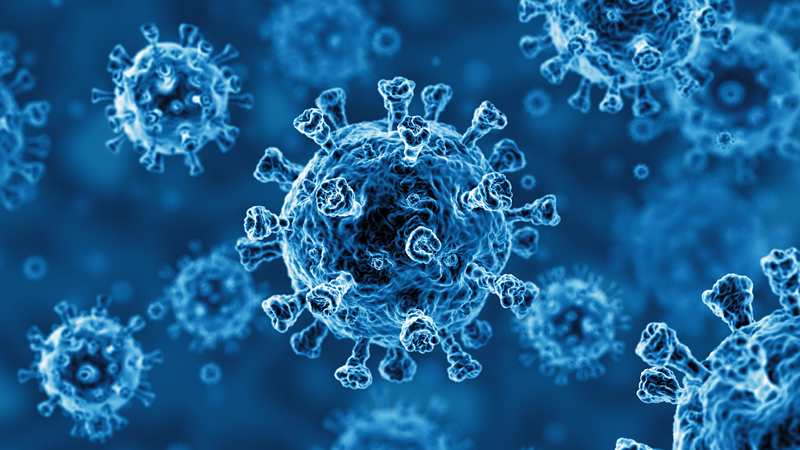Doctors question CDC's updated COVID-19 isolation guidelines: Is 24 hours symptom-free the right call?
MDlinx Mar 12, 2024
The Centers for Disease Control and Prevention (CDC) changed its COVID-19 isolation guidance this month, putting forth the most lenient quarantine recommendations since the beginning of the pandemic. Notably, the agency is doing away with its 5-day isolation requirement, previously recommended for people who tested positive for the virus. Now, people can return to normal activities within 24 hours, so long as symptoms are improving and no fever is present without use of a fever-reducing medication.
Cdc newsroom. CDC.

In a March 1 press release, the CDC said the new guidance “brings a unified approach to addressing risks from a range of common respiratory viral illnesses, such as COVID-19, flu, and RSV,” and that the dramatic reduction is possible due to the significantly lower numbers of hospitalizations and deaths associated with COVID-19.
Nationally, hospital admissions from COVID-19 are trending downward, following a spike in January, according to the CDC’s COVID-19 tracker.
CDC. Covid data tracker. Centers for Disease Control and Prevention.
CDC Director Mandy Cohen said the “announcement reflects the progress we have made in protecting against severe illness from COVID-19.”
Dr. Cohen added that despite the shortened isolation period, “we still must use the commonsense solutions we know work to protect ourselves and others from serious illness from respiratory viruses—this includes vaccination, treatment, and staying home when we get sick.”
Changes in pandemic isolation
COVID-19 isolation guidance has been a hot topic since 2020, and recommendations have changed drastically over the last 4 years, with isolation periods dropping from 14 to 10 to 7 to 5 days—and now to only 1 day.
Doctors and nurses voice opposition
Online, public and medical professionals have shared various reactions to the update. On X—formerly known as Twitter—some write that the decision is malicious, not based in science, and a move that “prioritizes profits before public health.”
Https://twitter. Com/derek_a_franks/status/1763587499031515461? S=20. X (formerly Twitter).
Https://twitter. Com/nnubonnie/status/1765516222253424689? S=20. X (formerly Twitter).
Despite the CDC’s watered-down encouragement of other public health precautions—for example, the agency tweeted on March 1 that it still encourages people to “take precaution for the next 5 days to curb the spread of illness” after “symptoms have been getting better overall for 24 hours”—some doctors remain unconvinced that public health can prevail.
Eric Feigl-Ding, an epidemiologist who has taken to X to post long explanations about COVID-19’s spread since the early days of the pandemic, suggested the agency’s vague wording may be doing more harm than good. Dr. Feigl-Ding wrote that he was confused by and “BEYOND ANGRY” over the new guidance.
“Lots of confusion on CDC’s new isolation guidelines,” Dr. Feigl-Ding wrote. “[W]hy? Because The CDC MADE THEM CONFUSING & VAGUE ON PURPOSE. Proponents claim it still has ‘some isolation’ & still ‘some precautions’. But if you read actual guidelines (which are clear as mud)—see if you think they are vague/confusing…”
Https://twitter. Com/drericding/status/1764445235155804597? S=20. X (formerly Twitter).
Others, looking to how they can live with the new recommendation, highlight the importance of vaccinations—and educating patients about the importance of staying up-to-date on their COVID-19 boosters and annual vaccines.
What this means for you
The CDC has changed its COVID-19 isolation guidance to say that people can wait 24 hours, rather than 5 days, to return to activities after symptoms have improved overall for at least 24 hours. Encouraging patients to follow public health recommendations and stay up-to-date on vaccinations can help keep them and their communities safe from the virus.
-
Exclusive Write-ups & Webinars by KOLs
-
Daily Quiz by specialty
-
Paid Market Research Surveys
-
Case discussions, News & Journals' summaries